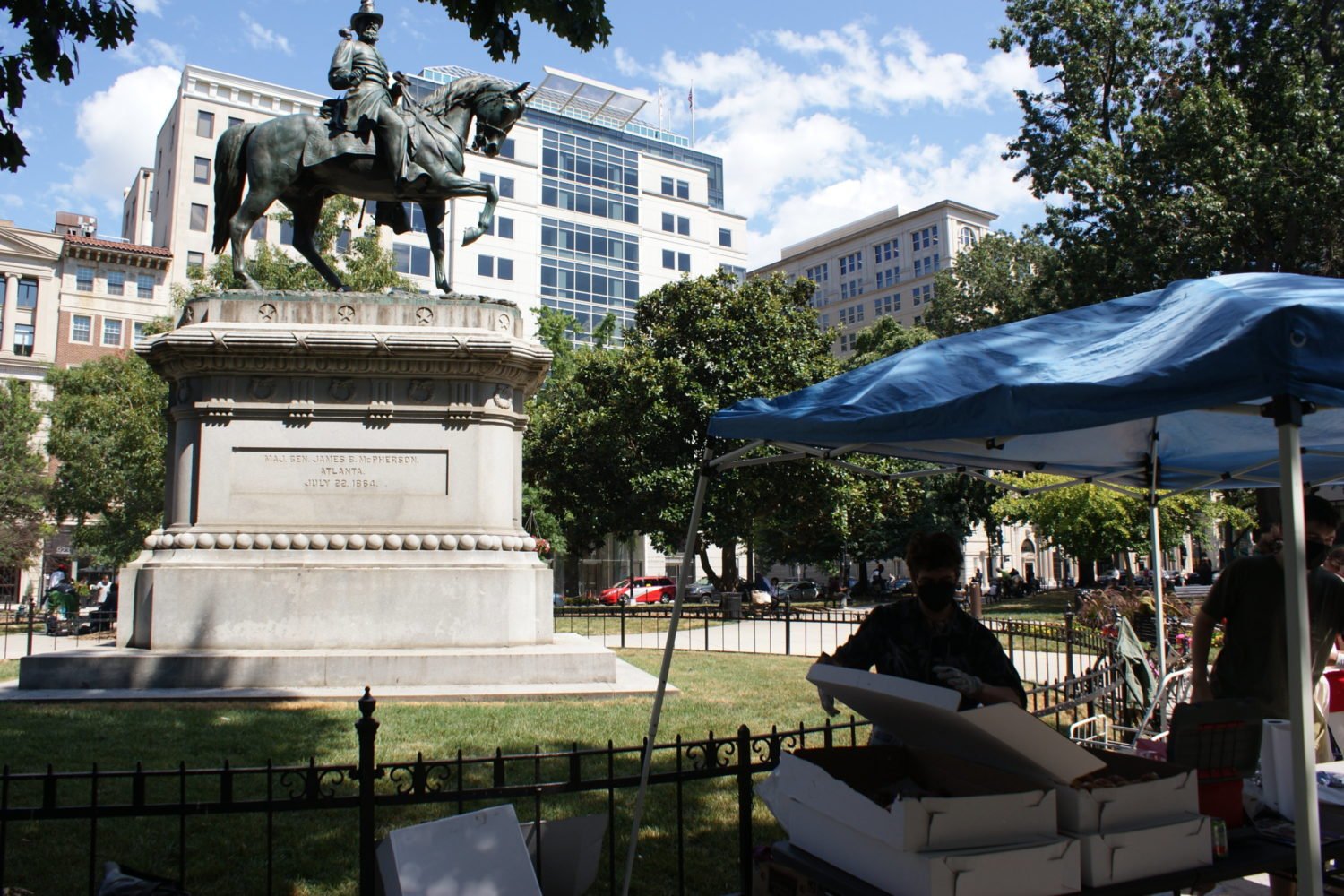On Monday morning, the Supreme Court released a decision in the Maryland gerrymandering case that can probably be better understood as the opposite of a decision, or the absence of one.
The Court, asked to evaluate the constitutionality of a behind-closed-doors gerrymander that landed Montgomery Mall in the same Congressional district as Maryland’s Appalachian panhandle, instead avoided the question by retreating to purely procedural grounds. Tellingly, in a second partisan gerrymandering case before the Court, Gill v. Whitford, a challenge to the Wisconsin map was rejected for failing to meet the technical threshold for legal standing.
After over a decade of silence on the issue, some saw the Court’s decision to hear multiple gerrymandering cases this term as a sign the body was ready to move on the toxic practice. It’s not that gerrymandering is new, but that new technology in the hands of experienced voter-targeting consultants have made the results more effective and more enduring. After the 2010 midterms, GOP statehouses across the country redrew maps to benefit the Republicans. Maryland’s sixth district was an outlier—a rock-ribbed district redrawn by the Dems into a bright, blue stronghold.
The original suit, filed in 2013 by Maryland voters, will likely return to the lower court for trial, another time-sucking step in this Byzantine legal process. The upshot of today’s nondecision decision is that the 2018 midterms will take place according to the same skewed map. Unless a real decision happens in the interim, the 2020 census and another round of gerrymandering is likely not far behind.



















